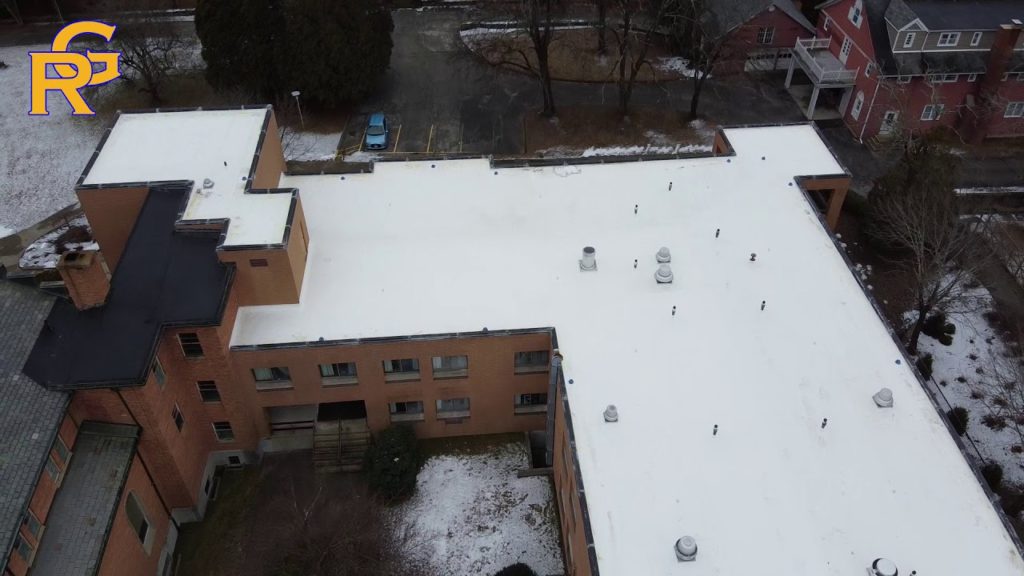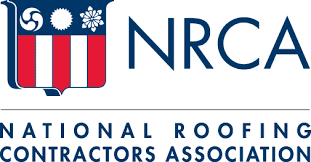If your flat roof is leaking, you’re not alone. It’s a common problem with flat roofs and even with routine maintenance problems can still occur. The question is when you’re faced with flat roof problems, is it best to go for a repair or complete replacement?
Deciding between a repair or replacement is always best left to flat roofing specialists who can professionally assess the condition of your roof.
What to expect from an inspection
During a flat roof inspection a professional roofing company should:
- Check condition of seams, flashings, and points of attachment
Anywhere the is a seam such as at corners, joints, ventilation points etc.. should be checked for signs of deterioration, damage and leaking.
A roof cut can be used to check the condition underneath the top membrane. Punctures can occur if there is significant foot traffic and objects are accidentally dropped.
- Assess areas of water ponding
When water sits on top of your flat roof for longer than 48 hours this is when problems can start to occur. This is particularly true when the ponding is around any seams, flashings, skylights etc.. A professional should inspect the whole of the roof and carefully around chimneys, drains and parapets etc.. Once the problem areas are identified then necessary repairs can be recommended and made. Pooling water is not uncommon with flat roofs, however consistent retaining of water should not be neglected and.
Should you replace?
Not necessarily, many leaks can be addressed without the need for a replacement, and a repair should first be considered, however there are occasions where a replacement is recommended:
1. The roof material is at the end of its lifespan
The length of time that different roof materials are good for varies significantly depending on what is used:
- TPO – 7-20 years
- Modified bitumen – 15-30 years
- EPDM – 30 years
- PVC – 20-30 years
2. The roof was not installed correctly
When problems occur due to improper installation then it’s often best to replace rather than repair.
3. The roof has blistering/bubbling
This occurs when the adhesiveness of the roof material fails and air/water becomes trapped and bubbles up beneath the roof. If caught early enough this problem can be repaired, however if it has persisted for some time then a replacement may be necessary.
4. Organic growth
Organic growth such as moss and algae can be signs of a lack of maintenance and more serious problems that require more serious attention. This sort of growth suggests that water is being retained and could be damaging the integrity of the roof. This sort of growth does not always indicate a serious problem, but should not be taken lightly. A proper inspection early enough will determine whether a replacement is necessary or not.
Should you repair?
As a general rule if the damage is not significant, the roof material is within it’s useful lifespan and it was installed correctly then a repair should be possible. Never make assumptions however and always seek the advice of flat roof specialists to help you determine the most appropriate cause of action.




